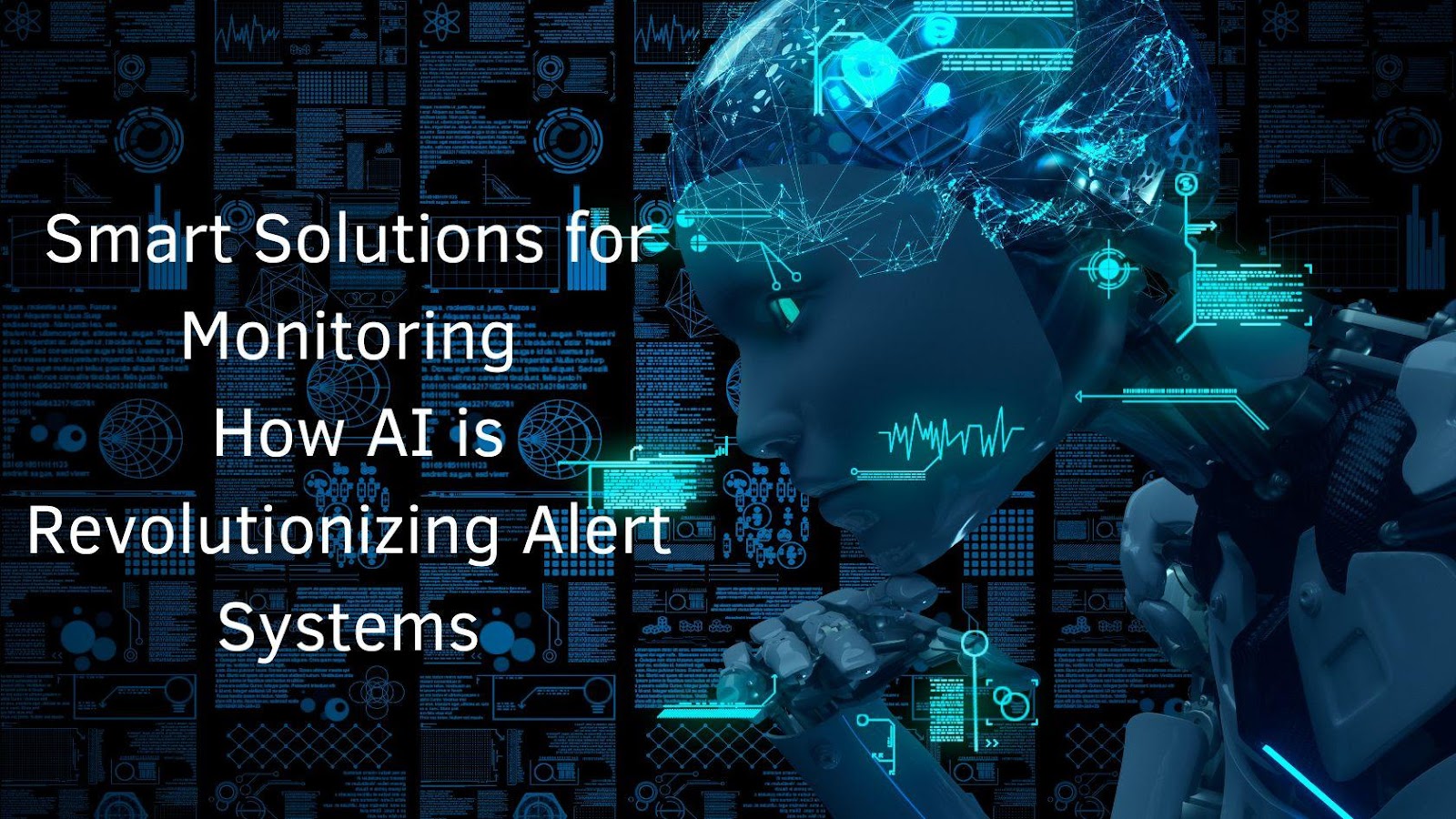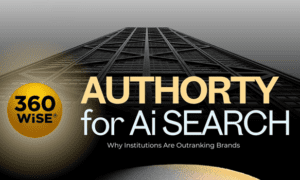In today’s fast-paced technological world, advancements in application monitoring are revolutionizing how businesses handle intricate IT ecosystems. A recent article by Vaidyanathan Sivakumaran highlights groundbreaking progress in AI-driven alert correlation, unveiling its transformative impact. With deep expertise, the author examines how these innovations enable more thoughtful and efficient monitoring practices. By leveraging AI’s potential, organizations can proactively address challenges, ensuring seamless operations and better decision-making in increasingly complex digital landscapes.
The Shift Towards Intelligence in Monitoring
Traditional monitoring systems often generate overwhelming alerts, many redundant or unrelated. These noisy notifications can obscure critical issues and delay response times. AI-driven systems, however, address this challenge by employing sophisticated algorithms that analyze and correlate alerts in real-time. These systems significantly reduce noise and enhance operational efficiency by identifying patterns and prioritizing actionable items.
Real-Time Correlation for Better Insights
One of the most groundbreaking advancements in this field is AI’s ability to deliver real-time alert correlation. This sophisticated capability allows monitoring systems to analyze and link events that might seem unrelated, providing a comprehensive view of underlying issues. For example, rather than addressing numerous alerts from different sources as separate incidents, AI identifies patterns and connects the dots to reveal the root cause. This holistic perspective reduces noise and empowers IT teams to respond with greater precision and efficiency. By streamlining incident management, AI enhances problem resolution, improves system uptime, and ensures operational continuity.
Enhancing Proactive Problem Management
AI goes beyond merely responding to issues—it anticipates them with remarkable precision. By harnessing historical data and utilizing predictive analytics, AI-driven monitoring solutions detect potential risks and anomalies before they escalate into critical problems. This proactive approach minimizes the likelihood of downtime, safeguarding business continuity and customer trust. Furthermore, AI optimizes resource allocation by pinpointing areas requiring immediate attention, ensuring IT teams focus on high-priority tasks. This capability allows for seamless operations, enhanced system reliability, and significant cost savings in complex and dynamic environments. AI’s foresight transforms IT management from reactive troubleshooting to strategic, forward-thinking problem prevention.
Adaptive Learning for Continuous Improvement
AI’s remarkable adaptability and capacity for continuous learning are a key advantage of alert correlation. Machine learning algorithms analyze historical data and past responses, enabling them to identify patterns, refine accuracy, and improve decision-making with every interaction. This dynamic learning process ensures that the system evolves alongside changes in IT infrastructures, remaining relevant and practical. By automating repetitive tasks and reducing the need for manual intervention, AI-driven solutions save valuable time for IT teams while maintaining high reliability. This adaptability enhances operational efficiency and prepares organizations to tackle emerging challenges with a proactive, intelligent approach.
Improved Collaboration Across Teams
AI-driven systems are pivotal in fostering collaboration among IT teams by offering unified views of incidents and their resolutions. These systems leverage centralized dashboards to provide actionable insights, enabling all departments to access and interpret the same critical information. By bridging team gaps, AI ensures a cohesive and synchronized approach to addressing issues. Enhanced communication and a shared understanding of incidents eliminate redundancies, reduce confusion, and promote efficiency. Streamlined workflows result from better coordination, allowing teams to focus on problem-solving and innovation rather than navigating disjointed processes, ultimately improving overall productivity and organizational performance.
Future Directions in AI-Driven Monitoring
As AI technologies advance, the scope for alert correlation is set to grow significantly. Emerging trends like edge computing and integrating the Internet of Things (IoT) are expected to demand more advanced and intelligent monitoring solutions. With vast amounts of data generated at the edge and across interconnected devices, traditional monitoring approaches may struggle to keep up. Incorporating AI into these domains enables organizations to process, analyze, and respond to data in real time, ensuring higher reliability and optimized performance. This evolution enhances operational efficiency and paves the way for predictive insights and proactive problem-solving.
In conclusion, the innovations highlighted by Vaidyanathan Sivakumaran represent a paradigm shift in how businesses approach application monitoring. With AI-powered alert correlation, organizations can transition from reactive troubleshooting to proactive management, setting new benchmarks for efficiency and reliability. These insights and advancements will undoubtedly shape the future of intelligent monitoring systems.



































